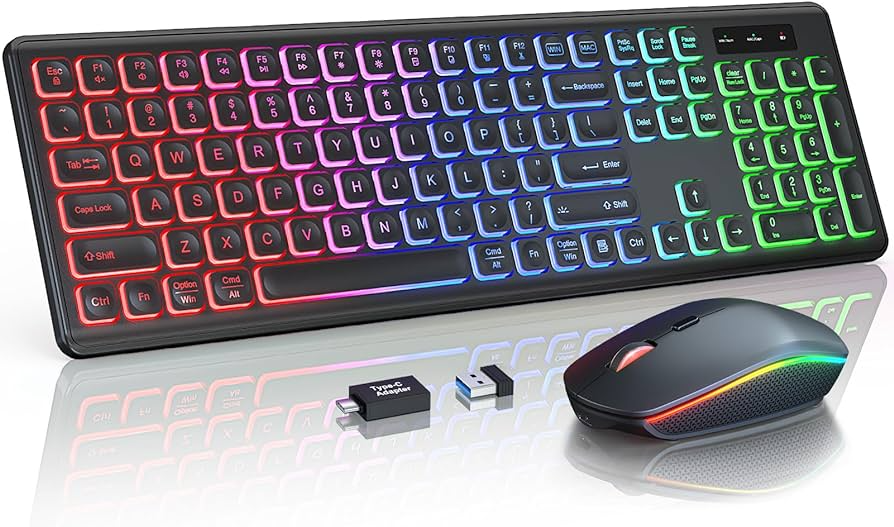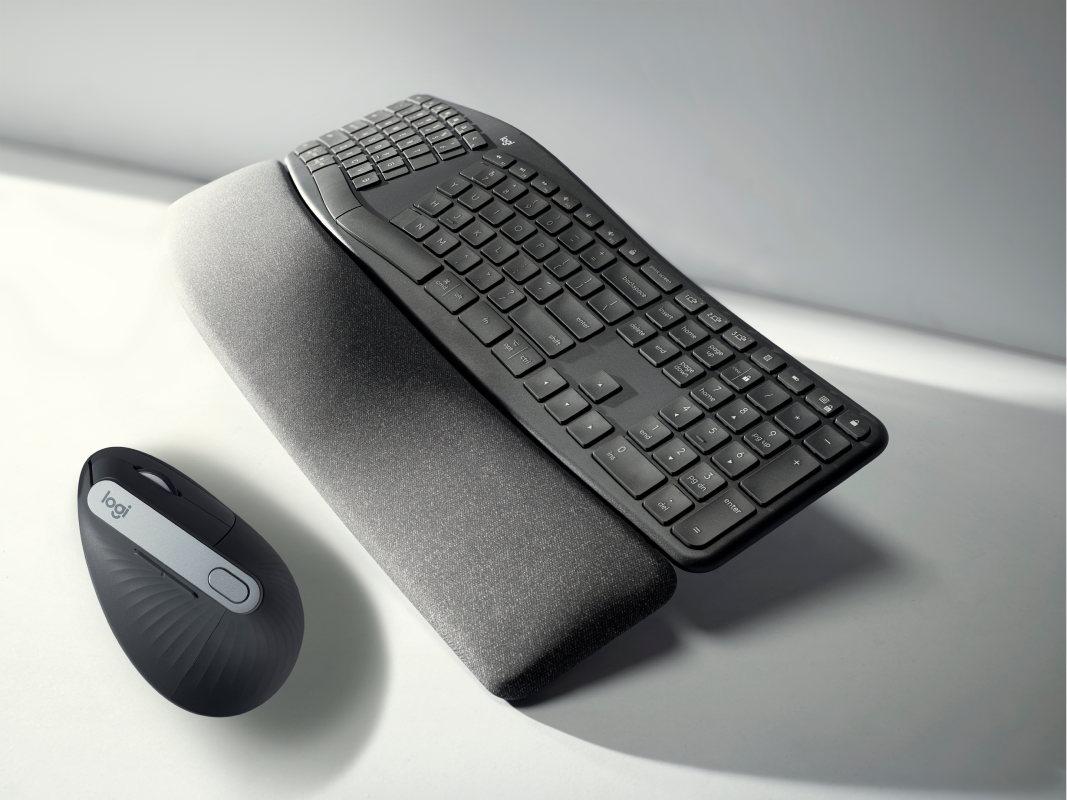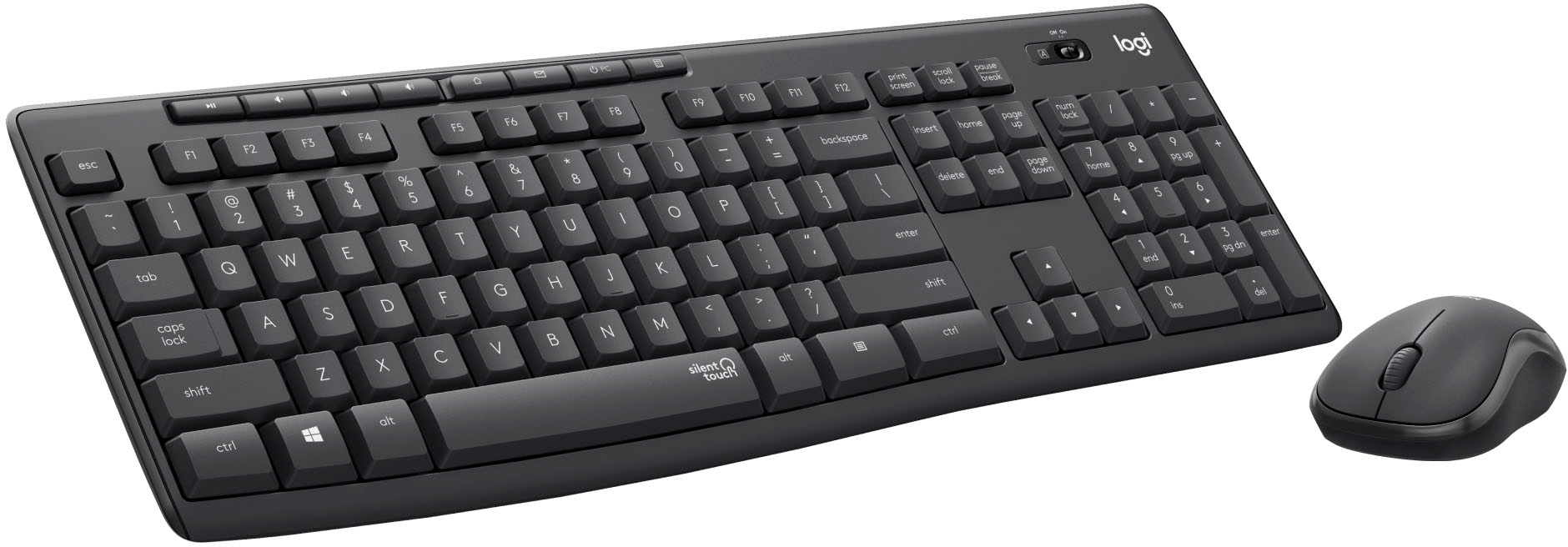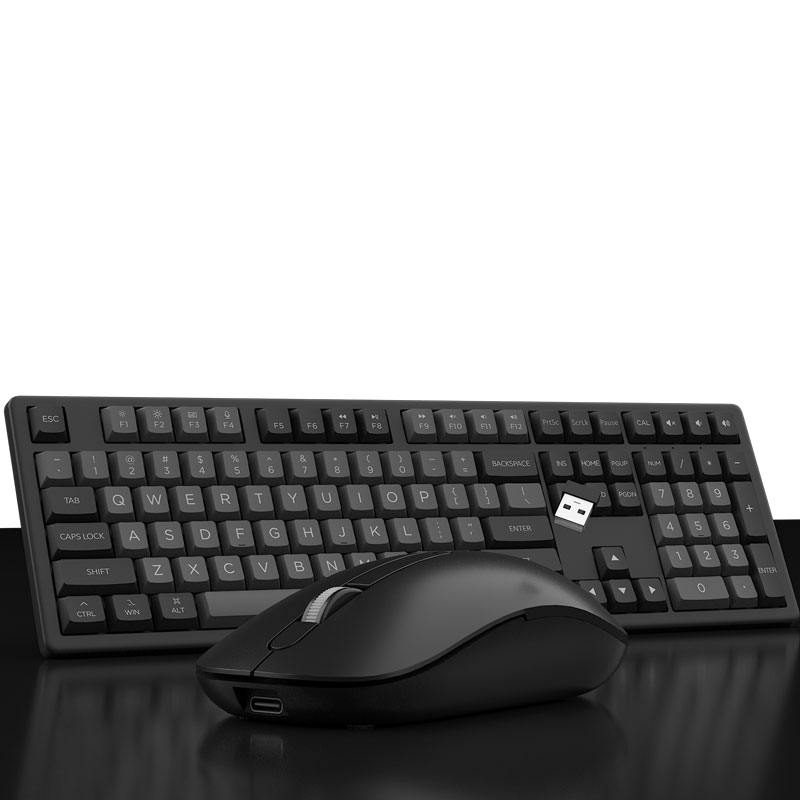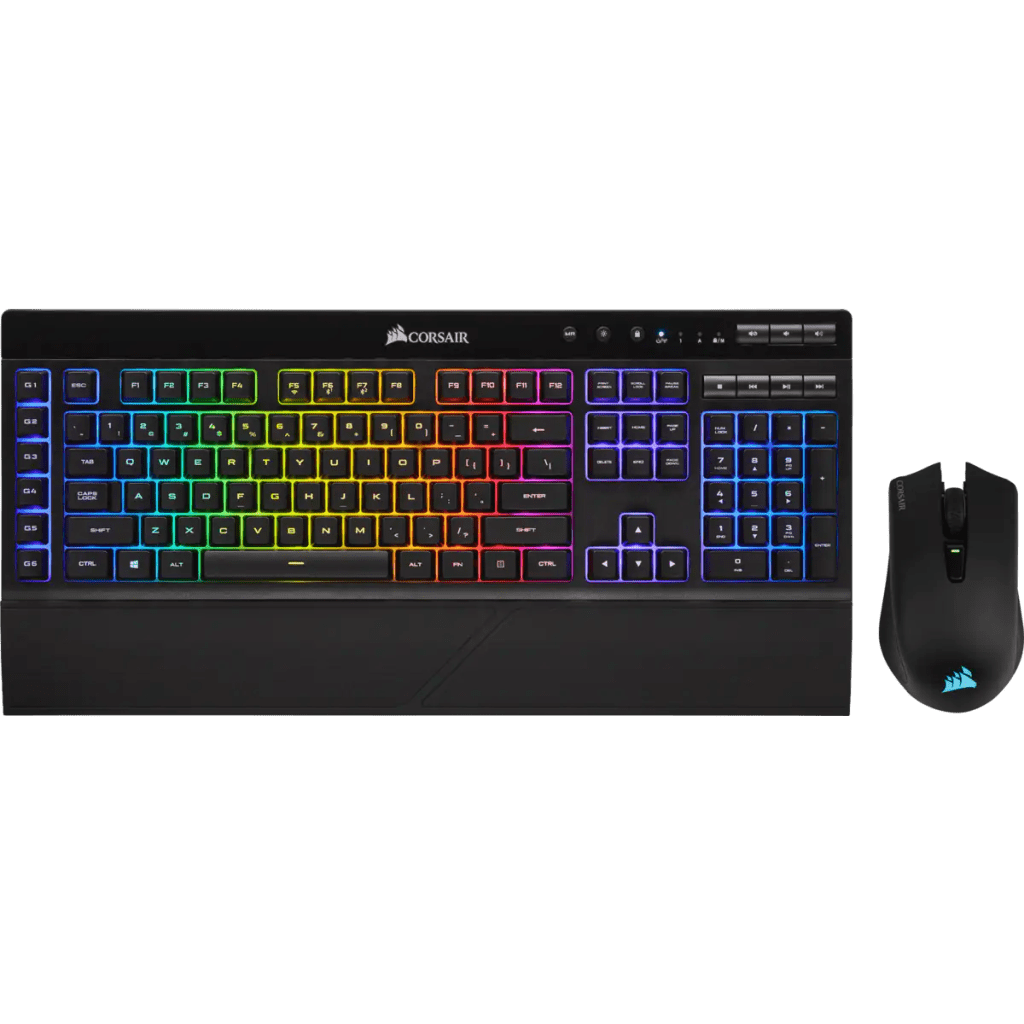In the digital age, where workstations have become the epicenter of productivity and creativity, the transition from wired to wireless peripherals has been nothing short of transformative. Among these, wireless mice and keyboards stand out as pivotal innovations that have reshaped the way we interact with our devices, promoting flexibility, ease of use, and a clutter-free environment.
Unleashing Freedom: Understanding Wireless Connectivity
At the heart of wireless mouse and keyboard technology lies a suite of connectivity options that have evolved significantly over the years. Bluetooth has emerged as a popular choice for its universal compatibility, allowing seamless pairing with a wide array of devices without the need for dedicated USB receivers. Alternatively, RF (Radio Frequency) technology, often utilizing a small USB dongle, provides a reliable and instantaneous connection, especially beneficial for gaming and professional setups requiring minimal latency.
Bluetooth: The Ubiquitous Connector
Bluetooth technology, with its latest versions offering improved speed and range, has democratized wireless connectivity. Its low-energy consumption ensures prolonged battery life, making Bluetooth mice and keyboards ideal for everyday use. Compatibility with smartphones, tablets, and laptops makes it a versatile solution, enabling users to switch between devices effortlessly, enhancing productivity on the go.
RF: Speed Meets Convenience
For users demanding lightning-fast response times, RF-based wireless peripherals are the go-to choice. With dedicated channels for communication, RF devices minimize interference and deliver a lag-free experience, crucial for gamers and professionals involved in precision work. The plug-and-play simplicity of RF receivers ensures a quick setup without the hassle of device pairing, maintaining a steady connection within a specified radius.
Design and Ergonomics: Tailoring to User Needs
Design and ergonomics play a crucial role in ensuring that products, environments, or systems are not only visually appealing but also comfortable, efficient, and safe for users. By tailoring designs to user needs, designers can significantly enhance user experience, productivity, and overall satisfaction. Here’s a detailed exploration of how design and ergonomics can be effectively integrated to serve user requirements:
1. User Research and Analysis
- Understanding User Profiles: Begin by defining the target user group(s), their characteristics, physical abilities, and usage patterns. This includes age, gender, body size variations, skill levels, and any specific needs (e.g., disabilities).
- Task Analysis: Identify the tasks users will perform using the product or system. Understanding these tasks helps in determining the necessary movements, postures, and cognitive loads involved.
- User Feedback: Gather feedback through surveys, interviews, focus groups, or usability testing of prototypes. This direct input from users is invaluable for refining designs.
2. Ergonomic Principles
- Anthropometrics: Design based on human body measurements ensures that products fit users well, reducing strain and improving comfort. Considerations include reach distances, seating dimensions, and control placement.
- Posture and Motion: Design to promote neutral body postures that minimize stress on muscles, joints, and ligaments. This may involve adjustable components to accommodate different users or tasks.
- Visual Ergonomics: Optimize visual comfort by considering factors such as lighting, glare reduction, display positioning, and contrast. This reduces eye strain and improves focus.
3. Inclusive Design
- Accessibility: Ensure designs cater to a wide range of abilities. This might mean incorporating features like large buttons for individuals with limited dexterity, voice commands for those who cannot use a keyboard, or high-contrast displays for people with visual impairments.
- Universal Design: Create solutions that are intuitive and usable by everyone, regardless of age, ability, or background. This approach fosters inclusivity without stigmatizing any user group.
4. Aesthetics and Emotional Design
- Visual Appeal: Aesthetically pleasing designs can evoke positive emotions and enhance user satisfaction. This includes color schemes, material choices, and the overall form of the product.
- User Empathy: Incorporate emotional design principles by considering how the product makes users feel. A design that feels intuitive and easy to use can reduce stress and frustration.
5. Iterative Design Process
- Prototyping and Testing: Develop low-fidelity to high-fidelity prototypes and test them with users. This iterative process allows for continuous improvement based on real-world feedback.
-
Flexibility and Adaptability: Design products that can adapt to changing user needs or preferences over time. This might involve modular designs or software updates that add new functionalities.
Battery Life and Efficiency: Powering the Wireless Revolution
Battery life is a critical factor when it comes to wireless peripherals. Modern wireless mice and keyboards boast impressive battery efficiencies, with some models capable of running for months on a single charge or a set of batteries. Rechargeable batteries and energy-saving modes have become standard, ensuring uninterrupted performance while reducing the environmental impact of disposable batteries.
Energy-Saving Innovations
Advanced power management systems automatically switch to sleep mode when inactive, waking up instantly upon use. Some high-end models even feature solar-powered charging or kinetic energy harvesting, converting the user’s actions into electricity, showcasing the industry’s commitment to green technology.
Gaming and Professional Applications: Pushing Boundaries
Wireless technology has broken the stereotype that wired peripherals are superior for gaming and professional applications. Gaming-grade wireless mice and keyboards now offer latency rates comparable to their wired counterparts, coupled with advanced features like customizable DPI settings, anti-ghosting, and mechanical switches designed for speed and responsiveness.
Precision and Control for Professionals
In the realm of graphic design, video editing, and programming, wireless keyboards with dedicated shortcut keys and precise scrolling mice enable professionals to work efficiently without being tethered to their desks. The elimination of wires not only streamlines workspaces but also facilitates collaborative environments, encouraging creative flow and interaction.
Security Concerns and Mitigation Strategies
While wireless connectivity brings convenience, it also raises security concerns. Encryption technologies like AES (Advanced Encryption Standard) are now embedded in premium wireless devices, ensuring data transmitted between the mouse and keyboard to the computer remains secure, protecting sensitive information from potential eavesdropping.
Staying Ahead of Threats
Regular firmware updates and adherence to best cybersecurity practices further strengthen the security posture of wireless peripherals. Users are encouraged to keep their devices’ software up-to-date and maintain a secure network environment to prevent unauthorized access.
Conclusion: Embracing a Wireless Future
The advancements in wireless mouse and keyboard technology have undeniably transformed the way we interact with digital interfaces, offering unparalleled freedom, comfort, and performance. From casual users seeking convenience to professionals and gamers demanding precision and responsiveness, wireless input devices now cater to every need. As technology continues to progress, we can expect even greater integration of smart features, enhanced battery life, and increasingly robust security measures, solidifying the position of wireless mice and keyboards as essential tools in our connected lives.
